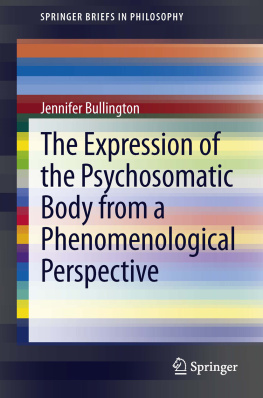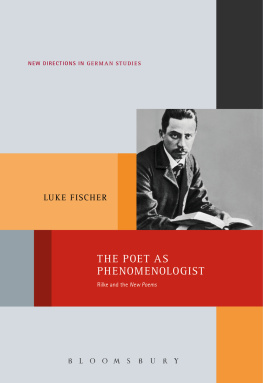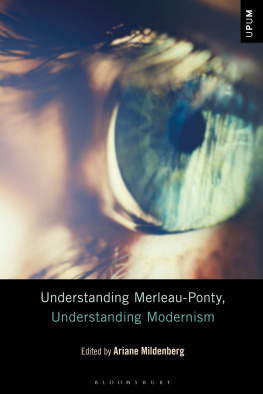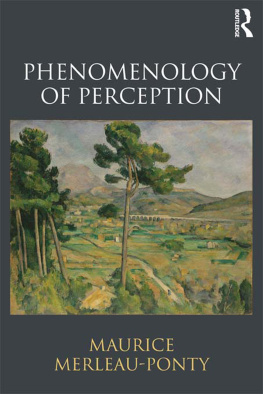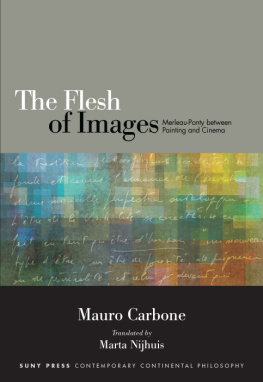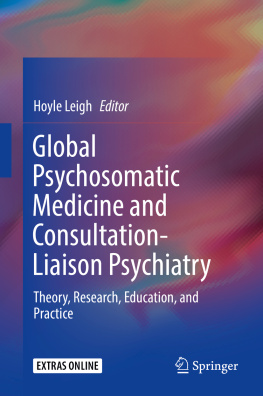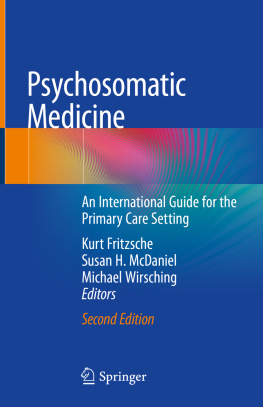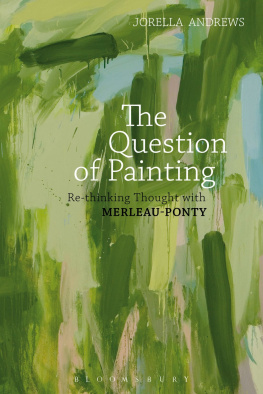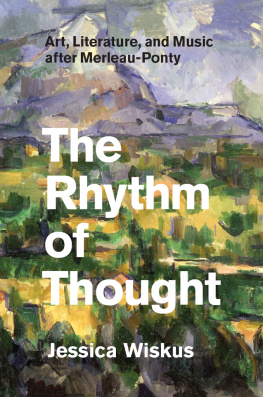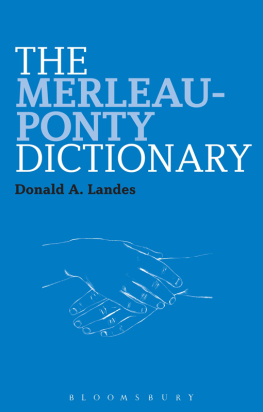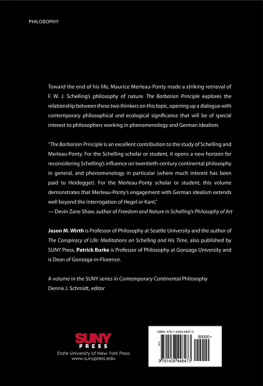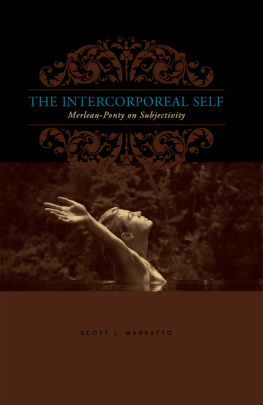Jennifer Bullington SpringerBriefs in Philosophy The Expression of the Psychosomatic Body from a Phenomenological Perspective 2013 10.1007/978-94-007-6498-9_1 The Author(s) 2013
1. The Psychosomatic Problematic
The philosophical so-called mindbody problem lies at the core of the psychosomatic problematic. The relationship between the mental and the material, meaning and matter, has been a philosophical issue as long as man has reflected on his own being. However, the relationship between the mind and the body in terms of ill health became a problem first when ill health was conceptualized in terms of material lesions and dysfunction in the somatic body. In Ancient Greece and China, for example, health and illness were understood in holistic terms, where balanced relations with others and with nature were just as important for health as eating right and exercising. But when the cause of ill health is reduced to one part of the whole (the material), our view of health and illness becomes limited to a reductionist framework. Within this framework, it is not hard to understand how a broken bone causes pain, or how glucose levels affect a diabetic. But it is no longer comprehensible to say how a bad marriage causes bad health. Because of the focus on the somatic (materiality of the body) as the source of ill health, we have a clinical problem as well. Not only is medical practice primarily concerned with the material body, the patient with psychosomatic problems has also formed his/her understanding of health problems in somatic terms. Because of this somatic focus, psychosocial problems are not understood as such, but rather present themselves to the person with the psychosomatic solution and to the health care professional solely in terms of somatic complaints, which most often do not have any discernible material causes. In such a case, the patient has fixated on a level of expression (the body symptom) which is inadequate to the task of mediating the psychosocial problem, and the health care professional has nothing in his/her repertoire that will have any effect on the somatic symptom, since the health problem has its source in the life of the patient, not in the material of the body. As long as the challenge in the life of the patient remains unattended to, the symptoms will remain. This is, in short, the psychosomatic problematic. The way in which something belonging to meaning (the way in which people understand and live their lives) gets translated into something somatic/material is what Freud called the mysterious leap to the somatic. This leap remains mysterious and is the central problem to be explained in all traditional psychosomatic theory. However, the leap is unnecessary if we abstain from splitting up man into an objective somatic material body and an immaterial, subjective realm of meaning constitution. This will become clear in connection with the work of Merleau-Ponty presented in the following chapters.
The ultimate failure of psychosomatic theory lies in the dualistic conceptualization of man as being made up of two distinct realms that have seemingly mutually exclusive characteristics. That which is mind is subjective, private, non-spatial, qualitative, intentional, privileged access (known only to me). Mind has to do with feelings, attitudes, values, selfawareness, intentions and so on. The material (the body) is characterized as the opposite of the mental, i.e. as that which is objective, public, spatial, quantitative (measurable) and mechanical. In this way, the inside (mind) and the outside (body) constitute two essentially different orders of reality, united in one being. Throughout history man has grappled with how this union can be understood. In this context, however, suffice to say that as long as one has a conception of the body as meaningless material and the mind as the opposite of the body, psychosomatic conditions will remain inexplicable.
The theoretical attempt to understand the psychosomatic relation in modern times can be traced back to three traditional psychosomatic traditions (psychodynamic, psychosomatic medicine, stress theory) with roots in the beginning of the 1900s. These three orientations had overlapping boundaries in the early phase of development from the 1930s, but later on these traditions developed into distinct approaches with different ontological and etiological positions regarding psychosomatics. The psychodynamic tradition, with the concept of conversion hysteria first formulated by Freud, had a connection to the early writings of psychosomatic medicine, since Franz Alexander, one of the founding fathers of psychosomatic medicine, was also a psychoanalyst, exerting a strong influence on the early work in this tradition. However, after the failure of Alexanders specificity hypothesis (the attempt to correlate specific psychological conflicts with specific psychosomatic diseases) theoreticians within psychosomatic medicine gradually abandoned psychoanalytic theory and concerned themselves with trying to establish correlations between biological, psychological and social factors related to health and illness. Stress researchers were primarily interested in the physiology of stress. The earliest work in stress research performed by Walter Canon and Hans Selye in the 1930s concerned experimental work on rats, however this tradition eventually evolved into human-focused research thanks to the psychological work of James Mason () in the 1980s. I wrote above that these traditional theories have all failed to give a comprehensible account of the psychosomatic, and in order to justify that claim I will very briefly give an account of the theoretical dead-ends in these traditions before returning to the psychosomatic problematic facing health care today.
Summary of Traditional Psychosomatic Theories
The psychodynamic theory of psychosomatics has remained basically unchanged since the writings of Freud. Modern proponents, such as Joyce McDougal (
The authors within the psychodynamic tradition who deal with mindbody issues fall in line with a form of identity-theory of the mind/brain problematic, where psychical processes are said to exist, in their own right, demanding their own methods and forms of understanding, yet at the same time it is assumed that the psychical is just another side of neurophysiological processes. The nature of the relationship between the psychical and the neurophysiological was a problem that neither Freud nor any of his disciples could solve.) and others, has proposed a materialistic theory of the relationship between mind and brain without addressing materialisms reductionistic perspective. The failure to adequately define the mental/psychical within a materialistic framework leads to a confusion in the theory, where the mind and the brain are often used interchangeably (as if they were the same), or alternatively, the term brain is used when what is actually described is a psychical act, having nothing to do with the brain as a material organ. The brain in this theory often acts as little person (a homunculus) and is ascribed characteristics that belong to persons, not brains. The philosophical problems associated with materialism will be further explicated in connection to the discussion of psychosomatic medicine.

